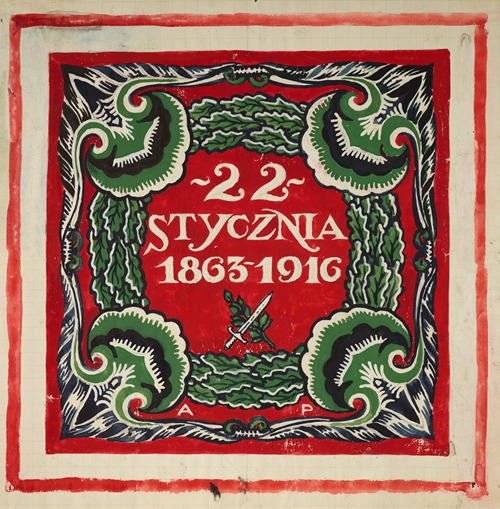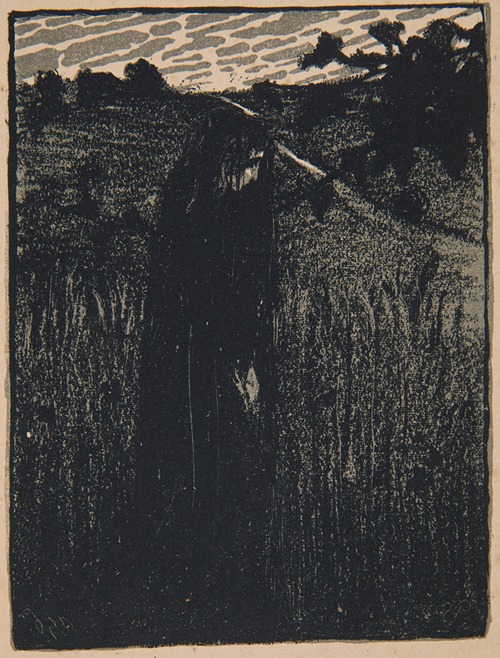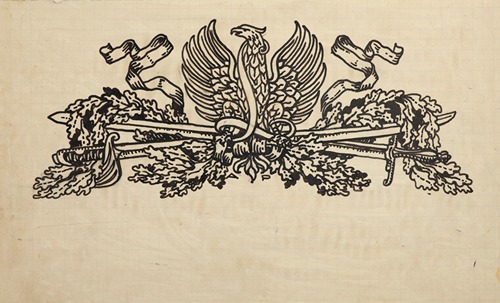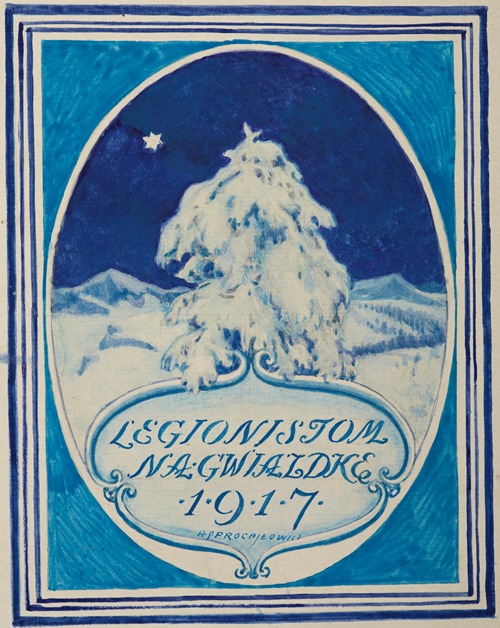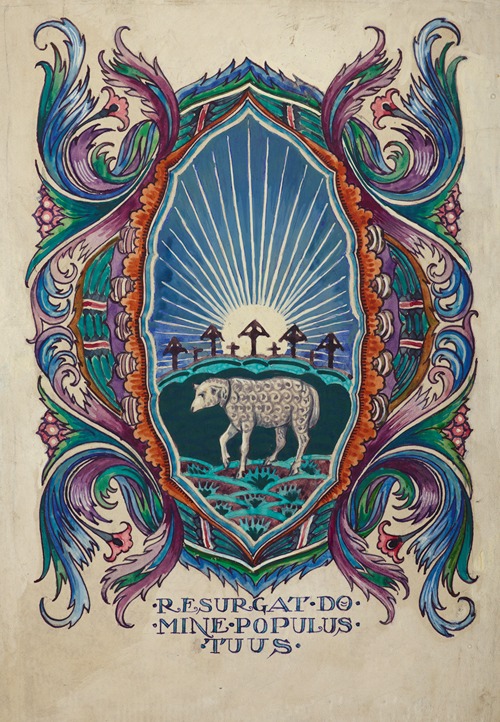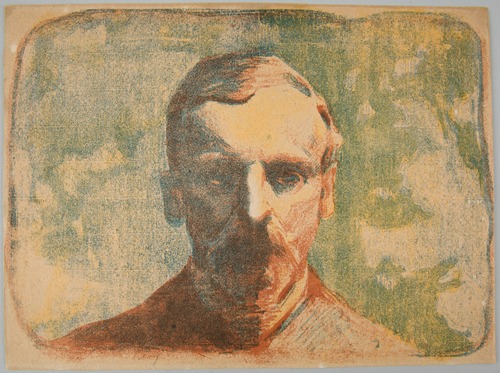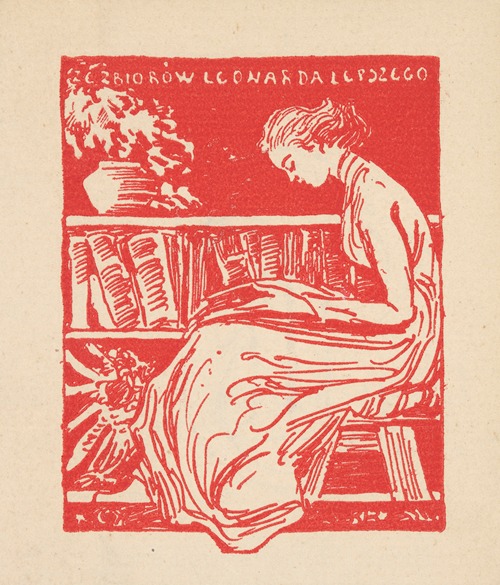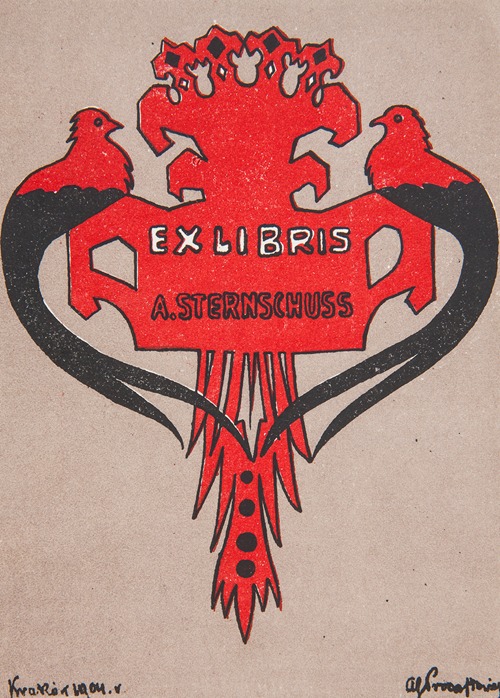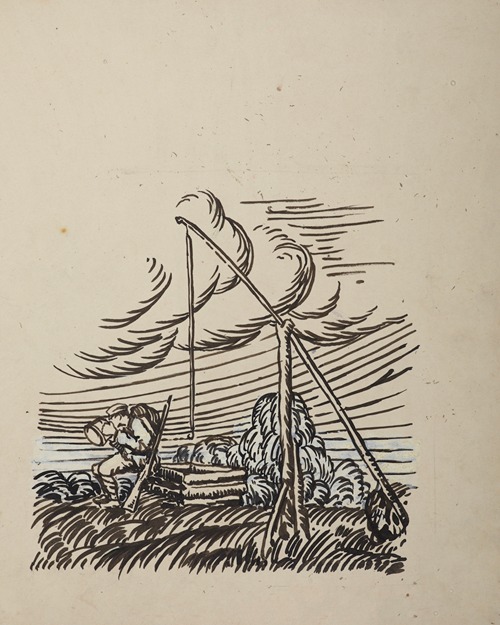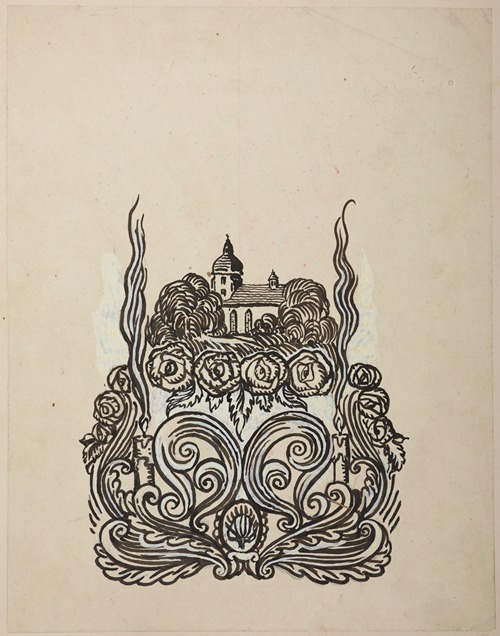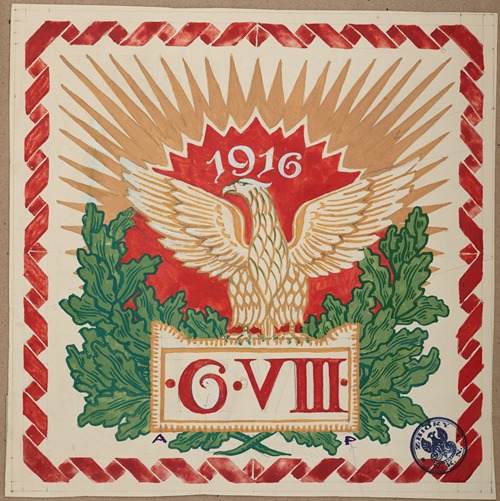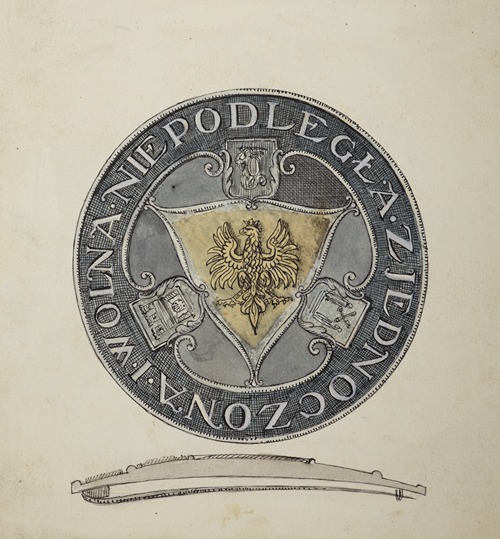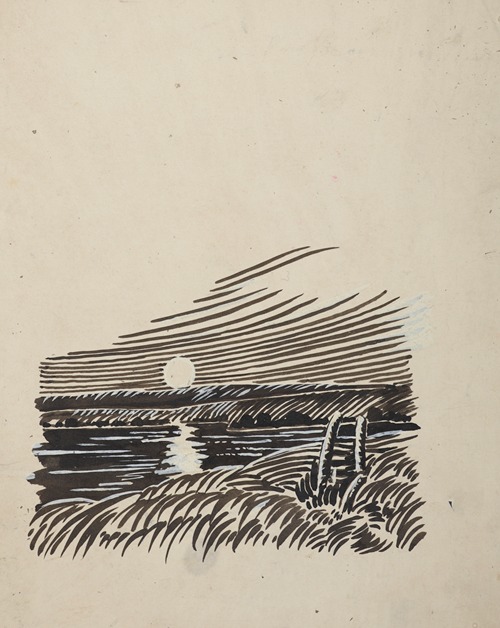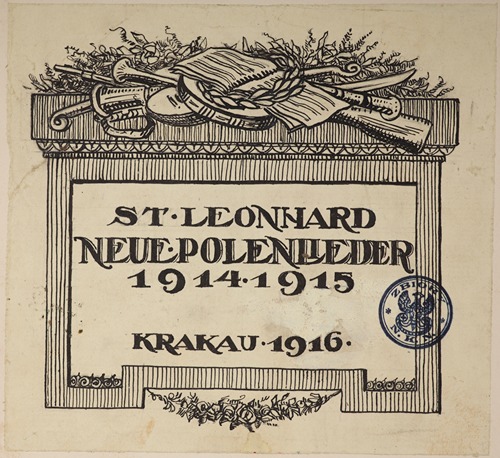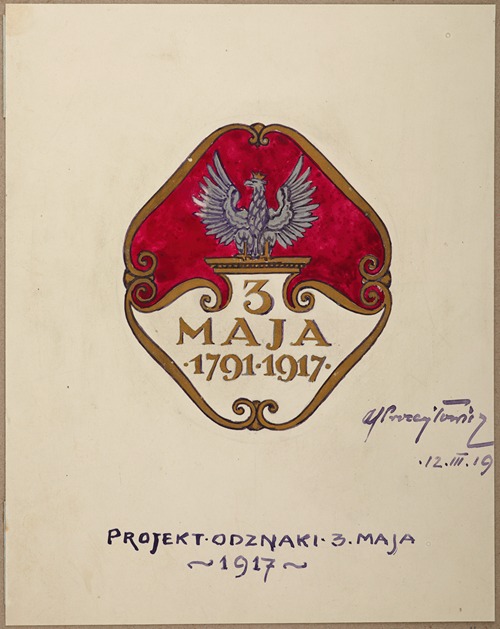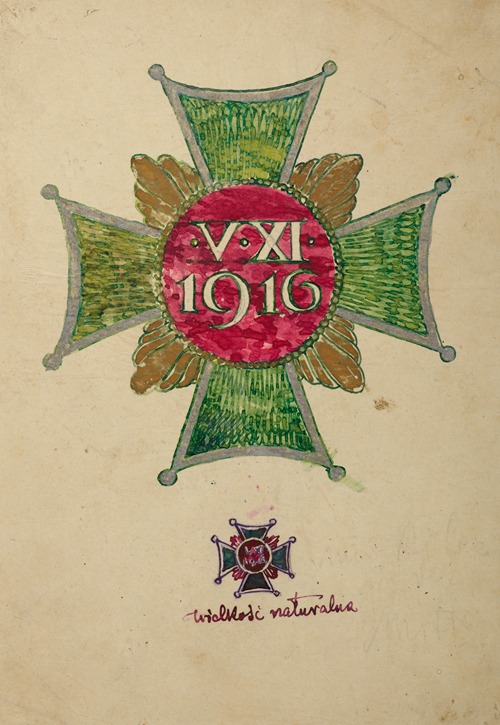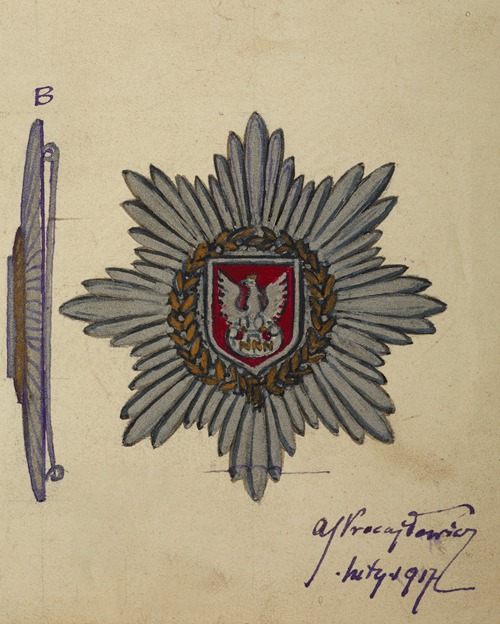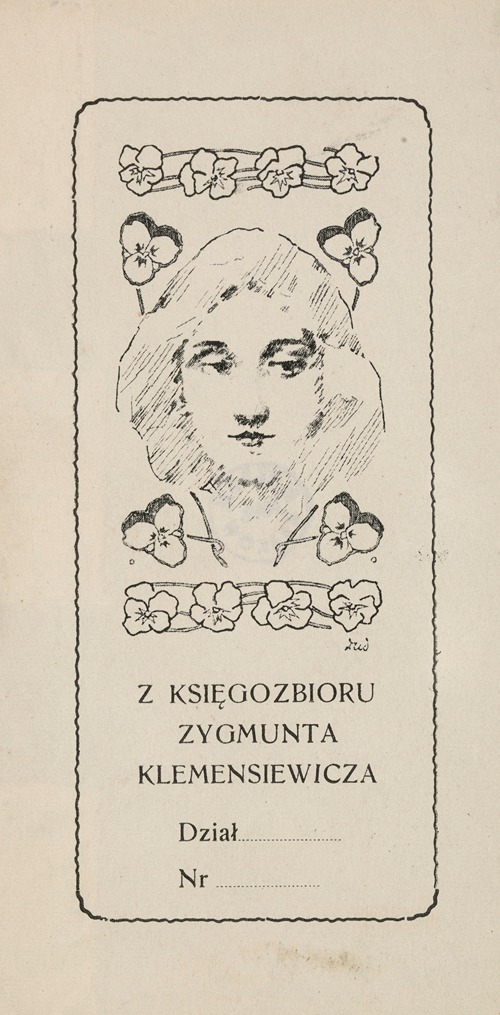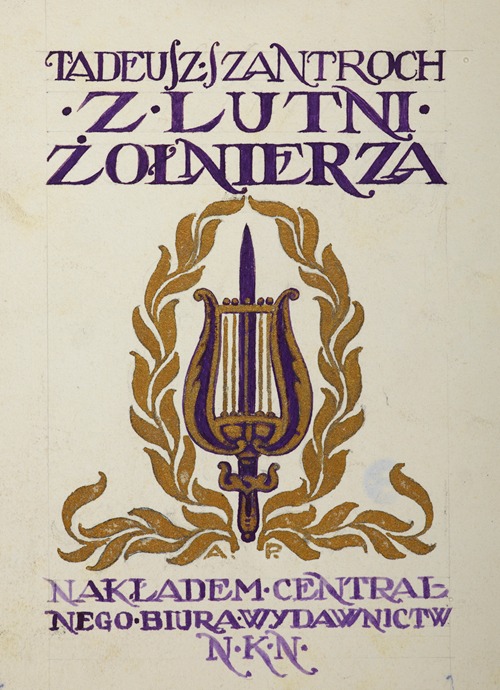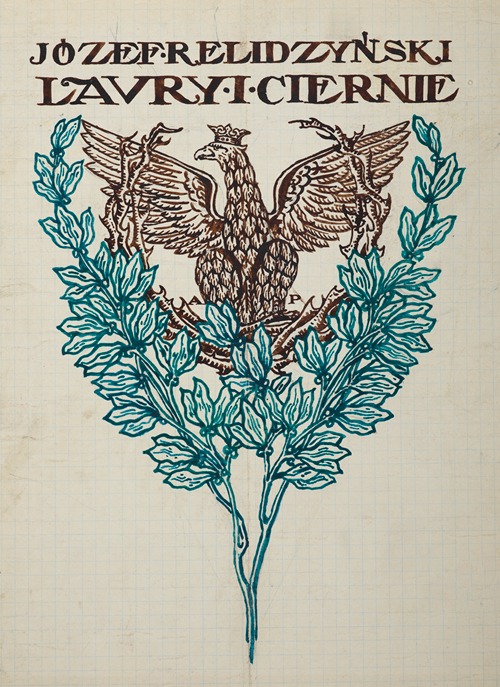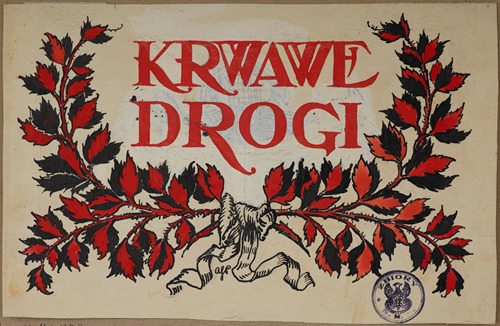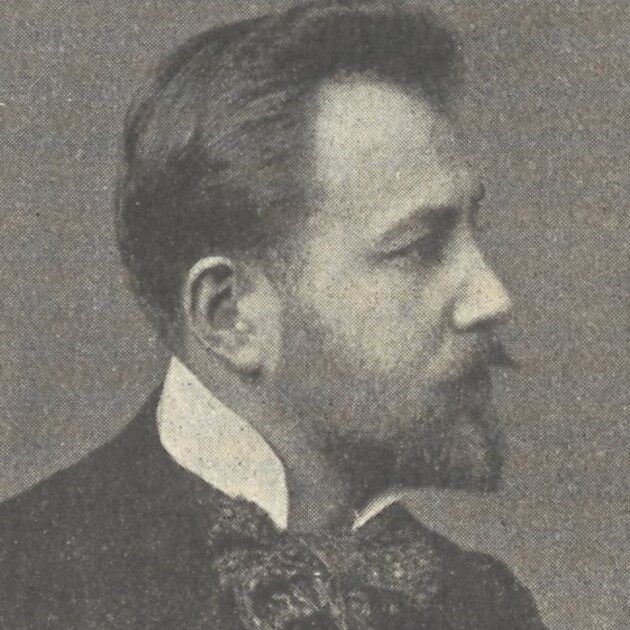

Antoni Stanisław Procajłowicz
Antoni Stanisław Procajłowicz was a Polish painter, book illustrator, graphic artist and poster designer, working in the Art Nouveau style.
He studied at the School of Fine Arts in Krakow under Florian Cynk, Leon Wyczółkowski, Jan Stanisławski, and Jacek Malczewski. During his studies, he became involved in illustrating the periodical Młodość (Youth), which was published from the end of 1898 by the academic association of progressive young people, Zjednoczenie (Unification). In 1899, he took over from Stanisław Wyspiański as art editor of the weekly magazine Życie, which was published until 1900. After 1903, he was an illustrator for Kalendarz Robotniczy, considered the only calendar of artistic value. From 1908 until the outbreak of the war, he was a teacher of decorative painting at the Faculty of Artistic Industry of the State Industrial School in Krakow.
In September 1914, he joined the Polish Legions, was assigned to the Technical and Combat Office of the Military Department of the Supreme National Committee, and then served as director of the Central Publishing Office of the Supreme National Committee and in the Polish Legions' Workshops. He was also the artistic director of the Tygodnik Ilustrowany Polski (Polish Illustrated Weekly), edited by Lucjan Rydel, which was published from August 1, 1915.
After the oath crisis, he was interned in a camp in Witkowice, where his fellow prisoners elected him Polish camp commander. In March 1918, he designed a badge for prisoners in the Witkowice camp. After the war, he moved to Warsaw and then to Bydgoszcz, where he was a lecturer at the State School of Artistic Industry from 1922. He created an altarpiece for the chapel of the Virgin Mary in the Church of St. Ignatius Loyola in Bydgoszcz, which was used by German Catholics. He returned to Krakow in 1924. On May 19, 1925, his wife Olga, née Kopietz, died there after a serious illness.
He was a co-founder of the Polish Applied Arts Society and a member of the Krąg (Circle) group (1948-1949). He designed illustrations for the Chimera magazine.
He owned a brick villa in Rudawa near Krakow, which was frequented by Stanisław Wyspiański, Włodzimierz Tetmajer, and Lucjan Rydel, among others.
